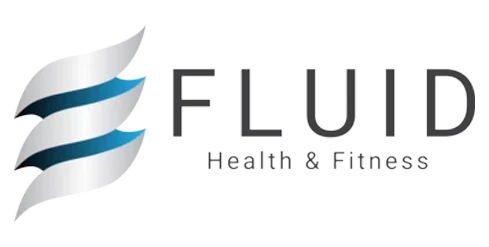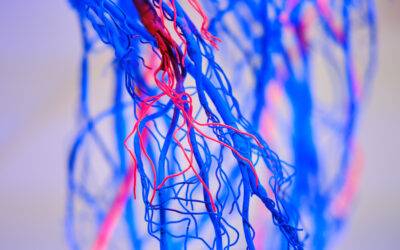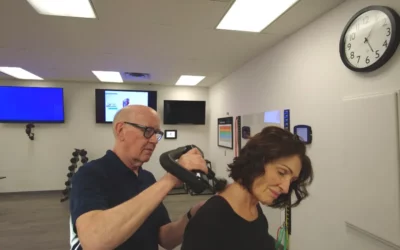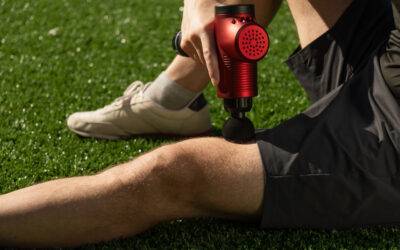Blogs
Understanding Cardiorespiratory Training for Sports Performance
In the world of real performance — not TikTok training gimmicks — metabolic conditioning isn’t about “sweating until you’re proud.”
It’s about building an efficient engine on a structurally sound chassis.
Build the Frame for the Engine — Why Biomechanics Must Come First
Imagine installing a high-torque race engine into a vehicle frame never designed to handle that kind of force. The sudden increase in power doesn’t improve performance — it overwhelms the chassis. Now, add to that a structural compromise: misaligned axles, deteriorated suspension, and uneven tire wear. Under these conditions, the torque doesn’t just stress the system — it exposes and amplifies every flaw, accelerating breakdown.
Physiology of Heart Rate Zones: What You Need to Know
At Fluid Health and Fitness, we believe in educating our members beyond reps and sets. Our mission is to empower you with the science behind movement, metabolism, and performance. In this blog, we’re unpacking a few high-level questions that many of our advanced members and clients ask when they get into structured cardiovascular training or metabolic testing.
Self Myofascial Release (SMFR) – Unlocking Tissue Freedom
What is SMFR?
Self Myofascial Release (SMFR) is a technique used to reduce fascial restrictions and improve tissue extensibility by applying sustained pressure to areas of soft tissue that feel stiff or tender. At Fluid Health and Fitness, we teach SMFR as a combination of passive pressure (30 seconds) followed by active movement across three progressive stages. This technique can be applied using tools like foam rollers, lacrosse balls, massage peanuts, or even fingers.
Traction and Distraction – Creating Space for the Joints
What is Traction and Distraction?
Traction (pulling apart) and distraction (unweighting) are self-applied joint mobilization techniques that use bands or gravity-assisted positions to decompress the joint and improve its passive motion. This promotes capsular stretch and improved joint centration.
Percussion Inhibition – Calming Overactive Tissue
What is Percussion Inhibition?
Percussion inhibition is a technique using low-speed, low-amplitude vibration through a massage gun applied to musculoskeletal junctions to calm down hyperactive or guarded muscles. It targets the neuromuscular reflex arcs that maintain chronic tension, particularly in areas prone to postural overload.
PNF Stretching – Resetting the Nervous System
What is PNF Stretching?
PNF (Proprioceptive Neuromuscular Facilitation) Stretching is a neuromuscular re-education technique that combines muscle contraction and stretching in a sequence designed to reduce neural resistance to motion. At Fluid, we use the PAPS protocol—Passive, Active, Passive, Strain.
Percussion Stimulation – Waking Up the Muscles
Percussion stimulation is a more active application of percussive therapy that uses a higher-speed massage gun to energize and prepare tissue for movement. Unlike inhibition, this technique is dynamic—used to stimulate underused or neurologically “asleep” tissue.
Unlocking the Power of Your Body’s Engine: The Oxidative Energy System and Why It Matters
When we think about improving our health, we often focus on things like diet, sleep, or resistance training. But there’s a lesser-known powerhouse system in your body that might be the strongest predictor of how long and well you live: your oxidative energy system, also known as aerobic metabolism.
Regional and Limb Control in Functional Movement
Functional movement requires precise control of the shoulders, hips, and limbs. This control is vital for performing daily tasks and complex activities without injury.












